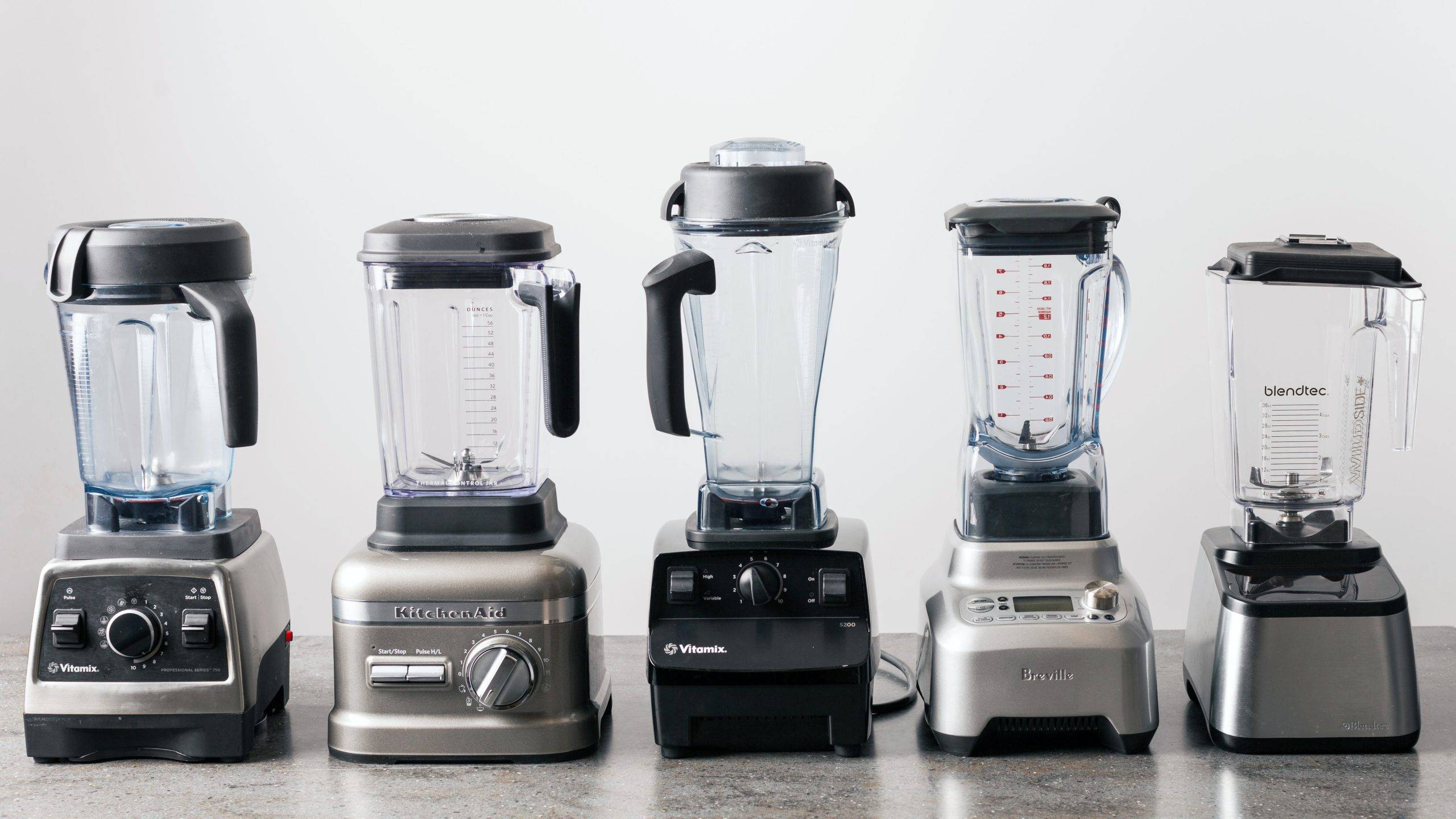Hazard Identification: Recognizing Potential Workplace Issues

Across the nation, about 7 million work-related injuries happen every year. That amounts to about one work-related accident with injuries about every seven seconds!
While not all accidents are avoidable, you need to take steps as an employer to keep your workplace safe. Otherwise, your inaction could result in injured employees and even potential lawsuits, too.
To safeguard yourself and your company, you need to start with hazard identification.
Some hazards are obvious, but others are sneaky. Read on to learn how to spot potential safety issues in your workspace.
Creating Your MSDS Hazard List
Is your business obligated by OSHA to maintain MSDS? If your company handles hazardous chemicals, then the answer is a hard ‘yes!’. If not, then it’s not mandatory but strongly encouraged by OSHA.
MSDS stands for Material Safety Data Sheets. These documents explain the dangers and safety procedures of specific chemicals (or hazards).
Copies of these documents can save lives if an accident happens. It can also direct injured workers to MSDS hazmat supplies that can help, too.
Below, we’ll go over the top four types of workplace hazards that often end up on MSDS.
- Potential Health Hazards
The health section of an MSDS should outline a hazard’s potential health consequences. For instance, if using a fryer could lead to serious burns, this should get stated on the MSDS. If a chemical is toxic when ingested, then put that information on the data sheet.
There are several types of health hazards present in work environments. Take Covid-19, for instance. This common workplace health hazard can’t get eliminated. Even so, it must be recognized as a hazard.
1. Fire Risks
Of course, all buildings are susceptible to fires. That’s why you need a fire safety plan that outlines your business’s risks. On this hazard sheet, you need to identify:
- Potentially flammable chemicals
- Flammable liquids
- Combustible materials
- Where vulnerable power sockets are
- Areas where dust can accumulate and present risks
Some work-related tasks might also be risky. Identify those, too.
2. Reactivity Workplace Hazards
Like explained above, chemicals are very risky in the workplace. Chemical reactions are another important risk you need to account for. Make sure to identify any chemicals that could react with other chemicals.
In the worst cases, bad combos can lead to toxic fumes, explosions, fires, and more.
3. Environmental Hazard Assessment
Another major thing to consider is the environmental hazards in your area. Depending on your location, you may contend with:
- Excessive noise
- Extreme temperatures
- Extreme weather patterns
- Poor air quality
- Radiation
In 2022, community spread of Covid-19 might also be something to consider, too.
Hazard Identification is Step One
As you go through this hazard identification process, make sure to list them out on your MSDS. Remember, though, identification is only step one. Your next step is tackling these hazards one by one and investigating how to reduce risks.
Are you up for the challenge?
We hope so because this process is an employer’s legal duty. You must provide a safe workspace for your employees.
Are you looking for more hard-hitting and empowering business advice? If so, then you’ve landed in the best place to get informed. Keep looking through our main blog page now to see more of our favorite content.









